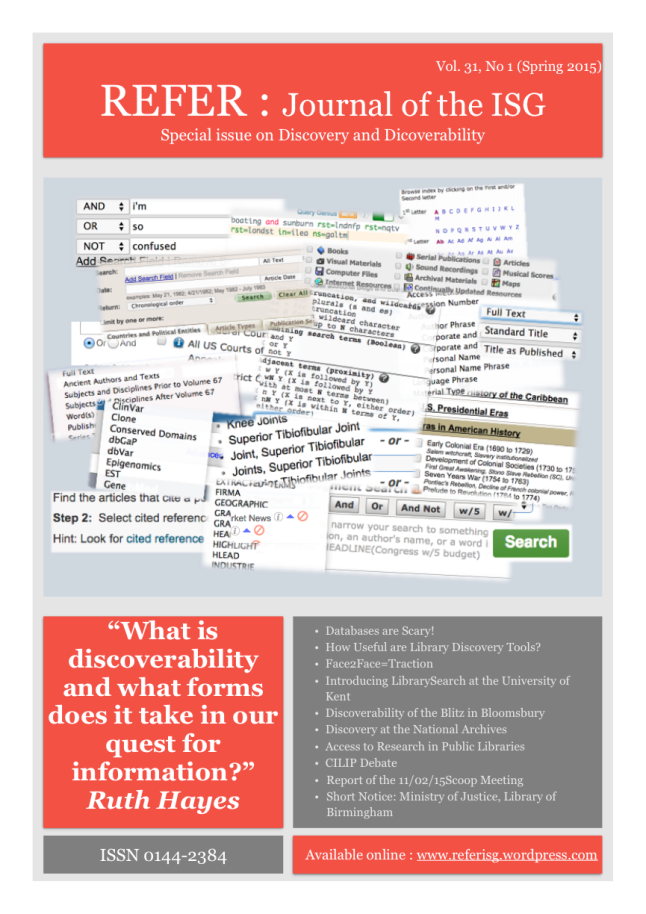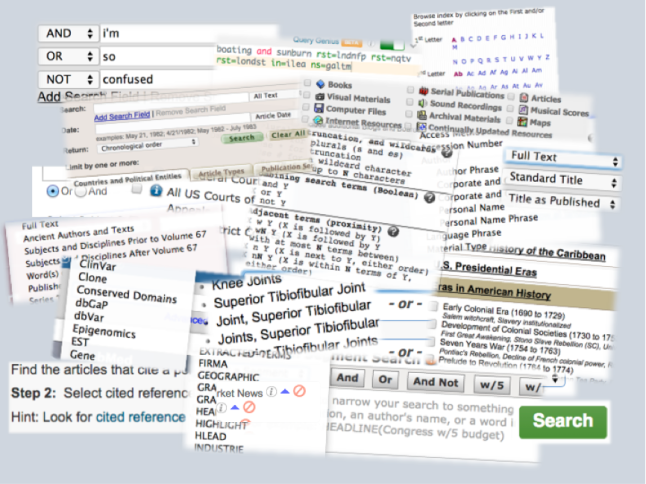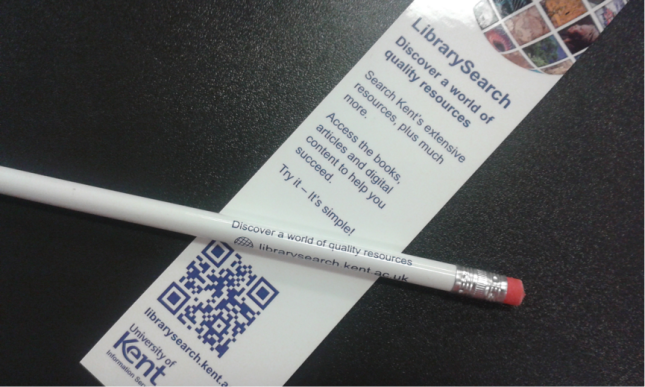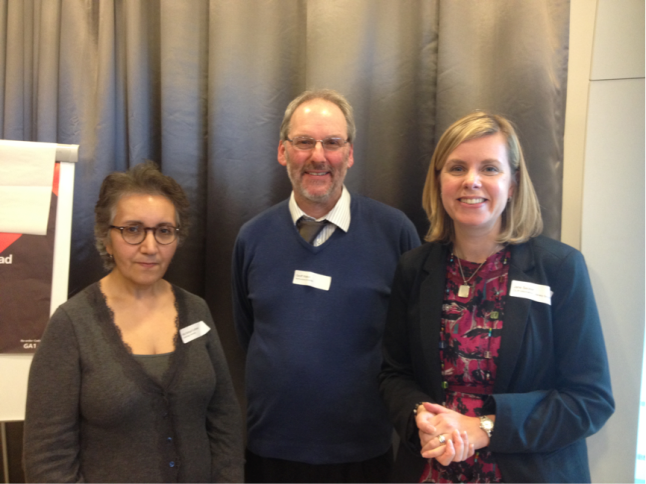Gavin Walsh, National Archives
The term ‘discovery’ is very much in vogue and like many institutions The National Archives has introduced its very own next generation resource discovery online catalogue entitled, appropriately enough, Discovery.
First introduced in 2012, Discovery is designed to host, search and display the many different databases and datasets held at The National Archives and provide a more robust and integrated system to manage current and future data and storage needs, along with a consistent and seamless user experience. Discovery’s features include displaying search results in order of relevance, allowing users to filter their search results by subject, date range and collection, and enabling users to tag records with keywords to expand on catalogue descriptions.
Discovery has been designed to incorporate modification; and the latest version has introduced a range of intriguing new features, which shall be explored later in the article.
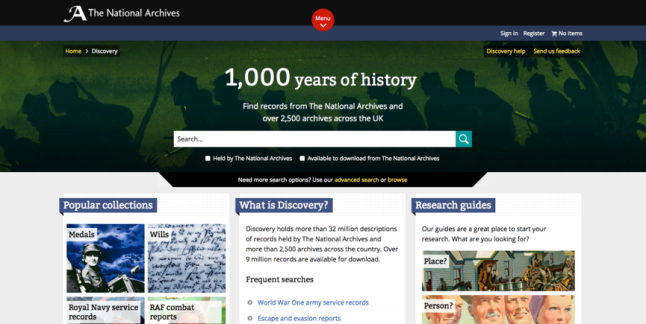
Homepage of Discovery at The National Archives
User Opinion
Following the introduction of Discovery at The National Archives, I decided to research users’ views on their experience of using Discovery, their satisfaction with searching in Discovery, their opinions of specific features during the search process, and their views on the usefulness of Discovery’s social tagging capability as part of my master’s degree in Library & Information Management.
The research strategy involved a mixed methodology and employed a focus group, questionnaire survey and interviews. It targeted staff at The National Archives, professional researchers and amateur/novice users of Discovery.
The results of my research revealed some of the features which users found most useful.
One of the most popular features was the ability to view and download images in a seamless action providing, of course, that a digitised version is available.
The single search box feature was also well received although it was noted that Discovery picks up more results than the previous online catalogue, which then presented the problem of how to manage the results returned.
Discovery’s powerful search engine often makes it necessary to employ filters to narrow the search criteria. Although refining results by collection/subject/date was considered useful, some of the questionnaire responses suggest users encountered difficulties in successfully using the filters effectively. Perhaps this is a problem inherent in all discovery tools, that the wrong support potentially working against the decisions a searcher must make.
The tagging feature in Discovery is designed to help users identify records of interest more easily, but users seemed to have a lack of awareness of this tool. While a majority of the individuals interviewed recognised the potential and usefulness of tagging, none had actually used the feature and less than 10% of respondents to the questionnaire claimed to use tagging. This shows that Discovery’s tagging capability still has some way to go before reaching the critical mass of participation needed to be effective.
One of the most surprising results was the unpopularity of relevance ranking in search results, surprising because previous research on discovery tools by Tam, Cox and Bussey (2009) for example, found relevance ranking to be one of the most popular features. Professional researchers in particular favoured a clearer archival arrangement of results based on the provenance of the source from which the record came. Discovery provides various ways to display results, including reference and date order, yet it doesn’t satisfy some users, a point that invites further investigation. Could this be an issue peculiar to archives?
To summarise, user satisfaction is high where Discovery delivers seamless access to online digital content while some users can be overwhelmed by the presentation of results on Discovery.
Moving Forward
The iterative approach taken in the design of Discovery enables agile modification and improvement to be introduced and the latest version of Discovery has just been released.
Along with a fresh new look and improvements to the image viewer, advanced search functionality and a new search engine, Discovery now incorporates data from the National Register of Archives (NRA), the Directory of Archives (ARCHON), Access to Archives (A2A) and Manorial Documents Register (MDR), enabling users to search, browse and tag 32 million record descriptions.
There is also an ability to restrict searches to The National Archives’ collection and/or its digitised content on the homepage.
Discovery now combines catalogue and organisational data from across the UK archives sector in one place, providing a unique archival resource for researchers around the world.
As a result of these modifications, three main data types have emerged: the records themselves (records), those that made them (record creators) and where they are held (archives). Discovery enables users to switch between records information, information relating to the creators of records, and contact details for archives, all in one place.
It is interesting to note that relevance ranking remains the default presentation format for search results despite its apparent unpopularity.
Reflections
There can be no doubt that Discovery, like many next generation discovery tools, represents a powerful means of accessing a wide range of information, yet some research, Fagan et al (2012) for example, highlights the possibility of users becoming deluged by too many results from a variety of sources and confused by the use of limiters and filters. The ideal design choice for intuitive filters remains elusive.
The need for discovery tools to mimic popular web based search engines, in the form of relevance ranking etc., can sometimes conflict with classic principles of information organisation.
Resource discovery systems require time for users to become accustomed to their particular characteristics. The extent to which users will adapt their search behaviour as a consequence of these new tools and the way discovery interfaces will evolve to accommodate more intuitive interaction may well determine their ultimate success.
References
Fagan, J., Mandernach, M., Nelson, C. and Paulo, J. (2012) ‘Usability test results for a discovery tool in an academic library’, Information Technology and Libraries, 31 (1), pp. 83-112.
Tam, W., Cox, M. and Bussey, A (2009) ‘Student user preferences for features of next-generation OPACs: a case study of University of Sheffield international students’, Electronic Library and Information Systems, 43 (4), pp. 349-374.
